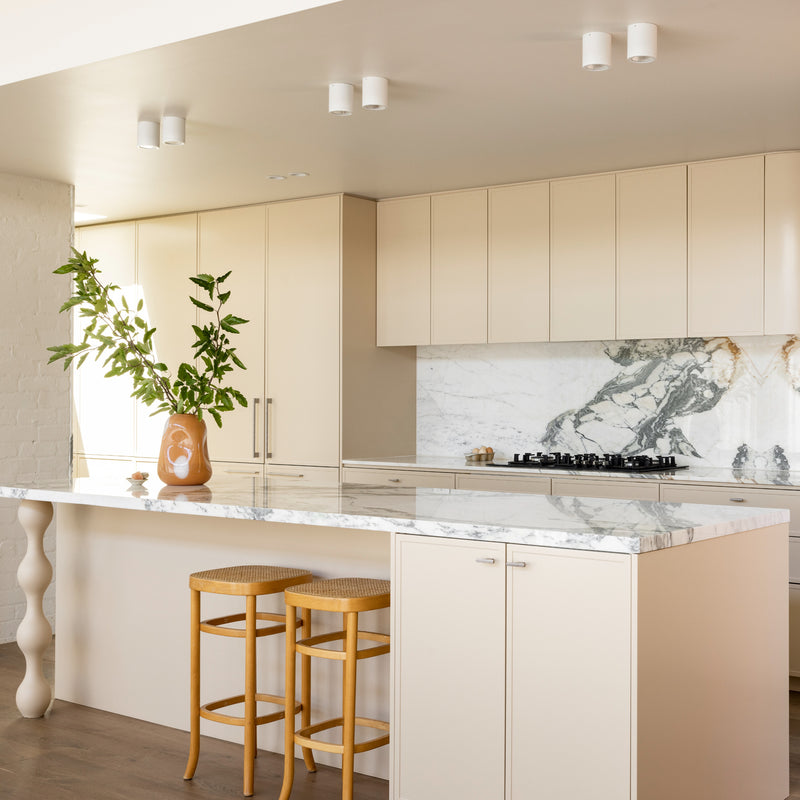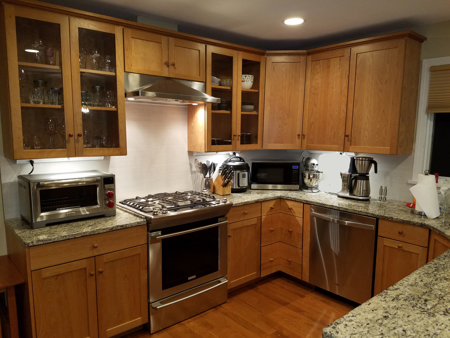All Categories
Featured
The appropriate selection of products can significantly impact your gate's visual appeals, longevity, and performance. Right here's an overview to selecting the best materials for your customized entry entrance.
Wooden gates exude heat and all-natural appeal, making them a popular selection for typical and rustic styles.
Pros:
Visual Appeal: Supplies a timeless, classy look that enhances a selection of architectural styles.
Personalized: Can be tarnished, repainted, or carved to achieve an one-of-a-kind style.
Eco-Friendly: Sustainable alternatives like recovered wood lower environmental impact.
Cons:
Maintenance: Requires routine sealing or discoloring to protect against weather condition and pests.
Durability: May warp, crack, or rot with time without correct care.
![]()
Metal entrances are commemorated for their durability and capacity to suit detailed designs.
Pros:
Sturdiness: Immune to tear and wear, making it perfect for high-traffic areas.
![]()
Design Versatility: Suitable for both typical functioned iron styles and modern-day, sleek layouts.
Low Upkeep: Calls for minimal maintenance with appropriate coverings to avoid rust.
Disadvantages:
Cost: Premium steels like wrought iron or stainless-steel can be expensive.
Heat Retention: May come to be hot to the touch in direct sunshine.
Light weight aluminum is a cost-effective alternative to heavier metals, offering a modern appearance with reduced maintenance.
Pros:
Corrosion-Resistant: Perfect for locations with high humidity or seaside environments.
Lightweight: Easier to set up and operate compared to other steels.
Inexpensive: Offers a streamlined consider a reduced price.
![]()
Cons:
Toughness: Less resilient than larger steels like steel or iron.
Restricted Modification: Not as versatile for elaborate styles.
Plastic gates are recognized for their cost and simplicity of maintenance, making them a useful choice for numerous house owners.
Pros:
Low Upkeep: Resistant to weather, bugs, and UV rays.
Economical: Affordable ahead of time and in time as a result of marginal upkeep.
Range: Available in a series of styles and shades.
Disadvantages:
Resilience: Much less tough than wood or steel and can crack in severe temperatures.
Appearance: Lacks the all-natural look of timber or the sophistication of metal.
Composite gateways integrate timber fibers with plastic or material to create a resilient and attractive choice.
Pros:
Toughness: Immune to rot, warping, and parasites.
Reduced Maintenance: Does not need painting or discoloration.
Eco-Friendly: Typically made from recycled products.
Disadvantages:
Price: Much more expensive than conventional wood or plastic.
Appearance: May do not have the credibility of natural timber.
When Choosing Products,Secret Considerations.
Climate: Take into consideration how the material will execute in your regional weather problems. Steel is perfect for durability, while plastic works well in moist settings.
Upkeep: Choose a product that fits your lifestyle and desire to maintain it in time.
Style: Ensure the material lines up with your home's building style and personal preference.
Spending Plan: Consider both in advance prices and lasting expenses for repair and maintenance.
Final Ideas
Picking the ideal material for your personalized access gate is a crucial step in producing a aesthetically appealing and functional entrance to your home. Whether you focus on the timeless beauty of timber, the strength of steel, or the practicality of vinyl, there's a product to match your requirements. By stabilizing appearances, resilience, and expense, you can develop a customized gateway that boosts your home's aesthetic appeal while standing the examination of time.
- Wood: Ageless Style
Wooden gates exude heat and all-natural appeal, making them a popular selection for typical and rustic styles.
Pros:
Visual Appeal: Supplies a timeless, classy look that enhances a selection of architectural styles.
Personalized: Can be tarnished, repainted, or carved to achieve an one-of-a-kind style.
Eco-Friendly: Sustainable alternatives like recovered wood lower environmental impact.
Cons:
Maintenance: Requires routine sealing or discoloring to protect against weather condition and pests.
Durability: May warp, crack, or rot with time without correct care.
- Metal: Strength and Convenience

Metal entrances are commemorated for their durability and capacity to suit detailed designs.
Pros:
Sturdiness: Immune to tear and wear, making it perfect for high-traffic areas.

Design Versatility: Suitable for both typical functioned iron styles and modern-day, sleek layouts.
Low Upkeep: Calls for minimal maintenance with appropriate coverings to avoid rust.
Disadvantages:
Cost: Premium steels like wrought iron or stainless-steel can be expensive.
Heat Retention: May come to be hot to the touch in direct sunshine.
- Light weight aluminum: Lightweight and Budget Friendly
Light weight aluminum is a cost-effective alternative to heavier metals, offering a modern appearance with reduced maintenance.
Pros:
Corrosion-Resistant: Perfect for locations with high humidity or seaside environments.
Lightweight: Easier to set up and operate compared to other steels.
Inexpensive: Offers a streamlined consider a reduced price.

Cons:
Toughness: Less resilient than larger steels like steel or iron.
Restricted Modification: Not as versatile for elaborate styles.
- Plastic: Practical and Budget-Friendly
Plastic gates are recognized for their cost and simplicity of maintenance, making them a useful choice for numerous house owners.
Pros:
Low Upkeep: Resistant to weather, bugs, and UV rays.
Economical: Affordable ahead of time and in time as a result of marginal upkeep.
Range: Available in a series of styles and shades.
Disadvantages:
Resilience: Much less tough than wood or steel and can crack in severe temperatures.
Appearance: Lacks the all-natural look of timber or the sophistication of metal.
- Composite Products: The Very Best of Both Worlds
Composite gateways integrate timber fibers with plastic or material to create a resilient and attractive choice.
Pros:
Toughness: Immune to rot, warping, and parasites.
Reduced Maintenance: Does not need painting or discoloration.
Eco-Friendly: Typically made from recycled products.
Disadvantages:
Price: Much more expensive than conventional wood or plastic.
Appearance: May do not have the credibility of natural timber.
When Choosing Products,Secret Considerations.
Climate: Take into consideration how the material will execute in your regional weather problems. Steel is perfect for durability, while plastic works well in moist settings.
Upkeep: Choose a product that fits your lifestyle and desire to maintain it in time.
Style: Ensure the material lines up with your home's building style and personal preference.
Spending Plan: Consider both in advance prices and lasting expenses for repair and maintenance.
Final Ideas
Picking the ideal material for your personalized access gate is a crucial step in producing a aesthetically appealing and functional entrance to your home. Whether you focus on the timeless beauty of timber, the strength of steel, or the practicality of vinyl, there's a product to match your requirements. By stabilizing appearances, resilience, and expense, you can develop a customized gateway that boosts your home's aesthetic appeal while standing the examination of time.
Latest Posts
Improved Quality, Driven by Service
Published Apr 19, 25
1 min read
Discover the Perfect Rug for Your Home
Published Apr 18, 25
1 min read
Flooring Experts That Treat You Like Family
Published Apr 18, 25
1 min read